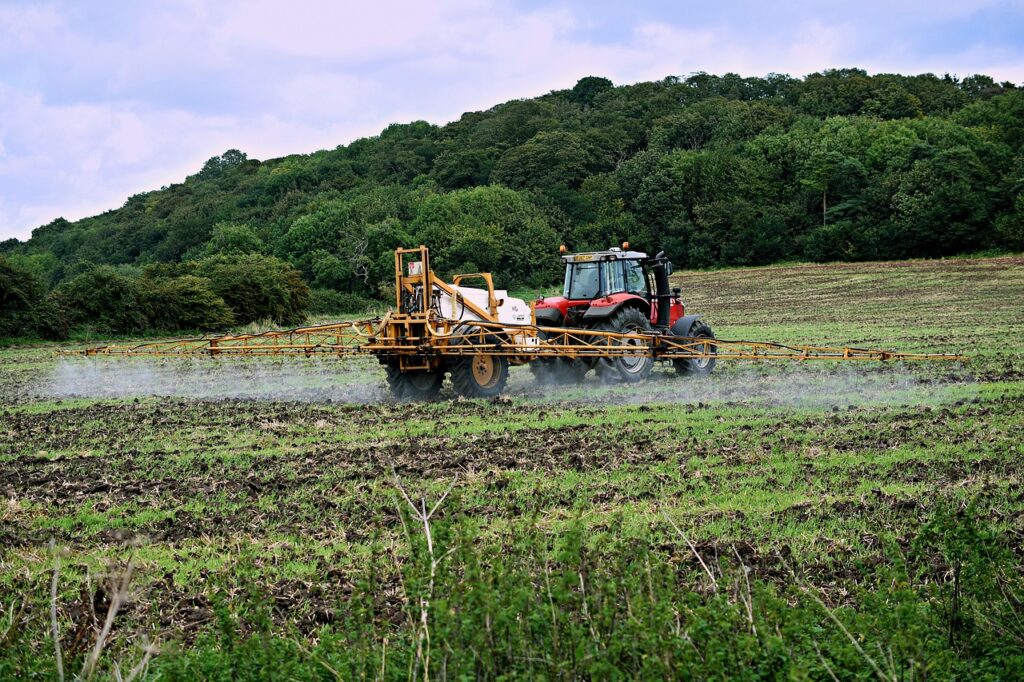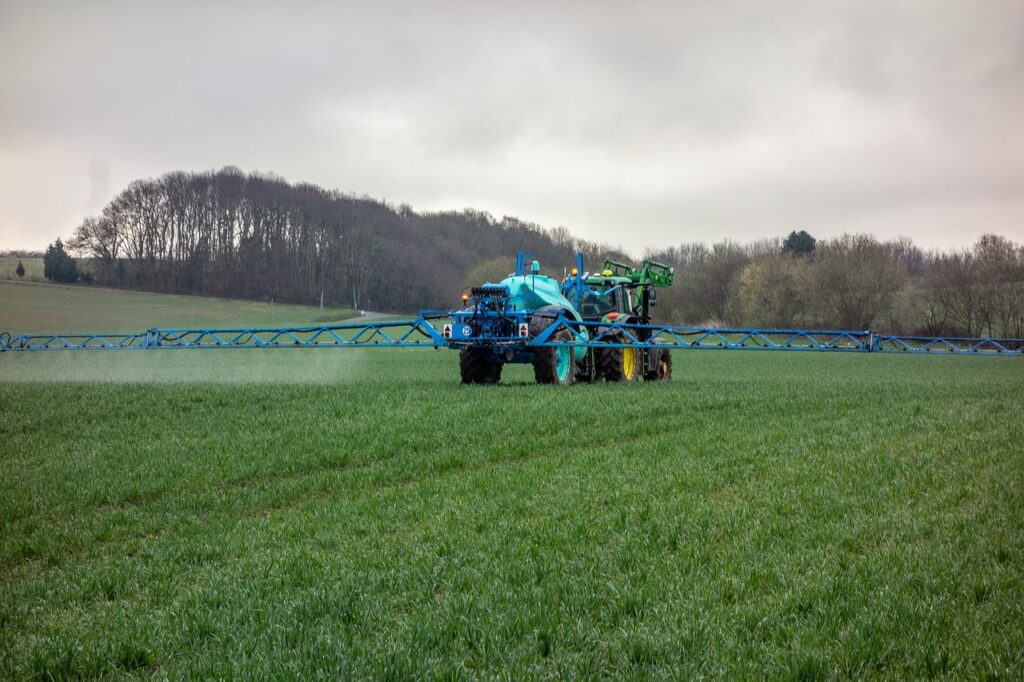Innovations in Seeds, Fertilizers, and Pesticides: Pioneering the Future of Agriculture
The agricultural industry is undergoing a transformative phase, driven by technological advancements and innovative practices in seeds, fertilizers, and pesticides. These innovations are crucial in addressing the challenges of modern agriculture, including food security, sustainability, and climate change. This comprehensive overview explores the latest advancements in these critical areas, highlighting how they are reshaping agriculture and enhancing productivity.
Innovations in Seeds
Seeds are the foundation of agriculture, and recent innovations have significantly improved their quality, resilience, and performance. Modern seed technologies focus on enhancing crop yield, resistance to pests and diseases, and adaptation to changing environmental conditions.
- Genetically Modified Seeds
Genetically modified (GM) seeds have revolutionized agriculture by introducing traits that enhance crop performance. These seeds are engineered to possess specific characteristics, such as resistance to pests, diseases, and herbicides, or improved nutritional content.
- Bt Crops: Bacillus thuringiensis (Bt) crops are genetically engineered to produce proteins toxic to certain pests. For example, Bt corn and cotton are designed to resist the European corn borer and the cotton bollworm, respectively. This reduces the need for chemical pesticides and increases yield.
- Roundup Ready Crops: These crops are engineered to tolerate glyphosate, a broad-spectrum herbicide. This allows farmers to control weeds more effectively without damaging the crop. Soybeans and canola are common examples of Roundup Ready crops.
Impact and Considerations: GM seeds have led to higher crop yields and reduced pesticide use. However, they also raise concerns about biodiversity, potential long-term health effects, and the development of herbicide-resistant weeds. Ongoing research and regulation are crucial to addressing these issues.
- CRISPR-Cas9 Gene Editing
The CRISPR-Cas9 gene-editing technology has emerged as a powerful tool for developing new crop varieties with precise genetic modifications. Unlike traditional genetic modification, CRISPR allows for targeted changes to the plant’s DNA without introducing foreign genes.
- Disease Resistance: CRISPR has been used to create crops resistant to diseases such as wheat rust and rice blight. By editing specific genes involved in disease susceptibility, researchers can develop crops that are less likely to suffer from these diseases.
- Improved Nutritional Content: CRISPR is also used to enhance the nutritional profile of crops. For example, scientists have used CRISPR to increase the levels of essential vitamins and minerals in crops like rice and potatoes.
Impact and Considerations: CRISPR technology offers precise and efficient genetic modifications, potentially accelerating the development of resilient and nutritious crops. However, it raises regulatory and ethical questions about gene editing and its implications for the environment and human health.
- Hybrid Seeds
Hybrid seeds are produced by crossbreeding two different parent plants to combine desirable traits from both. These seeds offer improved yield, disease resistance, and uniformity compared to non-hybrid varieties.
- High-Yielding Varieties: Hybrid seeds are often used to produce high-yielding crops, such as corn and tomatoes. These varieties exhibit superior growth and productivity compared to their non-hybrid counterparts.
- Uniformity and Quality: Hybrid seeds produce plants with uniform characteristics, which is beneficial for large-scale commercial farming and processing.
Impact and Considerations: Hybrid seeds have significantly increased agricultural productivity. However, they require annual purchases from seed companies, as the seeds produced from hybrid plants do not always retain the same traits as the parent plants.
Innovations in Fertilizers
Fertilizers play a crucial role in supplying essential nutrients to crops, promoting healthy growth, and maximizing yields. Recent innovations in fertilizers focus on improving efficiency, reducing environmental impact, and enhancing nutrient delivery.
- Slow-Release Fertilizers
Slow-release fertilizers are designed to release nutrients gradually over an extended period, providing a steady supply of nutrients to plants.
- Controlled-Release Fertilizers: These fertilizers use coatings or formulations that regulate the release of nutrients. For example, urea-formaldehyde and polymer-coated fertilizers release nitrogen slowly, reducing the frequency of application and minimizing nutrient loss.
- Biodegradable Fertilizers: Some slow-release fertilizers are made from biodegradable materials that break down over time, providing a sustainable option for nutrient delivery.
Impact and Considerations: Slow-release fertilizers improve nutrient use efficiency and reduce environmental runoff. They also reduce the need for frequent applications, saving time and labor. However, they can be more expensive than traditional fertilizers and may require specific application methods.
- Enhanced Efficiency Fertilizers
Enhanced efficiency fertilizers (EEFs) are designed to improve nutrient use efficiency and minimize environmental impact.
- Nitrogen Stabilizers: These additives slow down the conversion of nitrogen in fertilizers, reducing losses through volatilization and leaching. For example, nitrification inhibitors such as dicyandiamide (DCD) help maintain nitrogen availability in the soil.
- Phosphate Enhancers: Phosphate fertilizers with additives that improve phosphorus availability and reduce fixation in the soil. For example, products containing phosphonate can increase phosphorus uptake by plants.
Impact and Considerations: EEFs enhance nutrient use efficiency and reduce environmental impacts, such as nutrient runoff and water pollution. They contribute to sustainable agriculture practices but may require higher upfront costs.
- Organic and Bio-Based Fertilizers
Organic and bio-based fertilizers are derived from natural sources and focus on improving soil health and sustainability.
- Compost and Manure: Organic fertilizers like compost and manure provide essential nutrients and improve soil structure. They also enhance microbial activity in the soil, contributing to long-term soil health.
- Bio-Fertilizers: These fertilizers contain living microorganisms that promote plant growth by fixing nitrogen, enhancing phosphorus uptake, or suppressing soil-borne pathogens. Examples include Rhizobium inoculants for legumes and mycorrhizal fungi.
Impact and Considerations: Organic and bio-based fertilizers contribute to soil health and sustainability, reducing reliance on synthetic chemicals. However, they may have lower nutrient concentrations and slower release rates compared to synthetic fertilizers.
Innovations in Pesticides
Pesticides are essential for protecting crops from pests, diseases, and weeds. Recent innovations in pesticides focus on improving efficacy, targeting specific pests, and reducing environmental and health risks.

- Integrated Pest Management (IPM)
Integrated Pest Management is an approach that combines multiple strategies to manage pests in an environmentally and economically sustainable way.
- Biological Control: IPM includes the use of natural predators and parasites to control pest populations. For example, releasing ladybugs to control aphid infestations.
- Cultural Practices: Crop rotation, planting pest-resistant varieties, and adjusting planting dates are cultural practices used in IPM to reduce pest pressure.
Impact and Considerations: IPM reduces reliance on chemical pesticides, minimizes environmental impact, and promotes long-term pest management. However, it requires a comprehensive understanding of pest ecology and management strategies.
- Precision Pesticide Application
Precision pesticide application involves using technology to apply pesticides more accurately and efficiently.
- Drone Technology: Drones equipped with sensors and sprayers can apply pesticides precisely where needed, reducing chemical use and minimizing drift. Drones also provide real-time data on crop health and pest populations.
- Variable Rate Application: This technology uses GPS and sensors to apply pesticides at varying rates based on field conditions. It ensures that pesticides are used only where necessary, reducing waste and environmental impact.
Impact and Considerations: Precision application technologies improve pesticide use efficiency and reduce environmental risks. They require investment in technology and training but offer long-term benefits in terms of cost savings and environmental protection.
- Biopesticides
Biopesticides are derived from natural organisms or substances and offer an alternative to synthetic chemical pesticides.
- Microbial Pesticides: These products contain beneficial microorganisms that target specific pests. For example, products containing Bacillus thuringiensis (Bt) or Beauveria bassiana are used to control insect pests.
- Plant-Based Pesticides: Extracts from plants, such as neem oil and pyrethrin, are used as natural insecticides. These products are generally less toxic to humans and wildlife compared to synthetic chemicals.
Impact and Considerations: Biopesticides offer a more sustainable and environmentally friendly option for pest control. They are often less harmful to non-target organisms and have a lower risk of resistance development. However, they may be less effective against certain pests and require more frequent applications.
Conclusion
Innovations in seeds, fertilizers, and pesticides are driving the future of agriculture, enhancing productivity, sustainability, and resilience. Advances in seed technology, such as genetically modified crops and CRISPR gene editing, are improving crop performance and adaptability. Innovations in fertilizers, including slow-release and enhanced efficiency fertilizers, are optimizing nutrient use and reducing environmental impact. In the realm of pesticides, integrated pest management, precision application, and biopesticides are providing more sustainable and targeted pest control solutions.
As the agricultural industry continues to evolve, these innovations will play a crucial role in meeting the demands of a growing global population, addressing environmental challenges, and ensuring the long-term sustainability of food production. Embracing these advancements and integrating them into farming practices will be key to achieving a more productive and resilient agricultural sector


